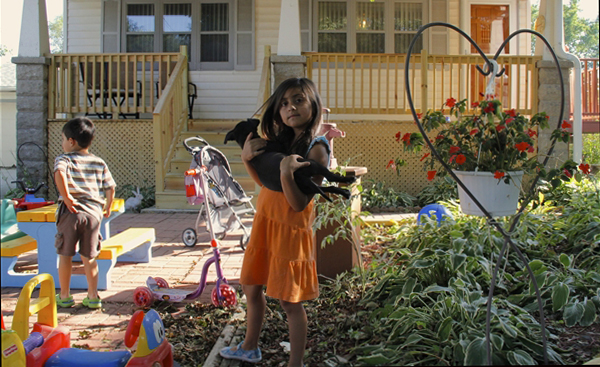
Photo by: Kate Golden/Wisconsin Center for Investigative Journalism
Ariana Preciado, 7, and her brother Aidan, 4, are the fifth generation of their family to live in the Carrollville neighborhood of Oak Creek, Wis. These children live near a brownfield site, a barren 300-acre complex of former factories where the soil and groundwater are polluted with arsenic and other chemicals.
A national program for cleaning up contaminated sites is dogged by funding shortages and a lack of oversight that puts lower-income communities at a disadvantage in obtaining federal support, an investigation coordinated by the Investigative News Network Found.
Among other findings, the investigation (which can be read in full here) found that:
The Connecticut Health Investigative Team, New England Center for Investigative Reporting, Wisconsin Center for Investigative Journalism and Iowa Center for Public Affairs Journalism all contributed to the investigation, which was coordinated by Evelyn Larrubia of the Investigative News Network.
The report finds that the program’s shortcomings are “due to limited funds, a lack of federal oversight, seemingly endless waits for approvals, and dense bureaucratic processes.” For its part, the EPA says the program “is not intended to address all of the brownfield sites in the U.S.”
Indeed, in a July report that City Limits produced as part of the collaboration, we found that state and—in New York’s case, at least—city brownfields programs have attempted to fill the gap between available federal funding and the cost of rendering thousands of brownfields sites usable again.
But the New York state and city programs, while they have made progress, don’t aspire to cover the entire price of a clean-up: Developers who want to use the site are expected to cover the lion’s share of the expense. As our story points out, the vagaries of the real estate market and the politics of land-use in the city can both affect which sites get attention, and when.








